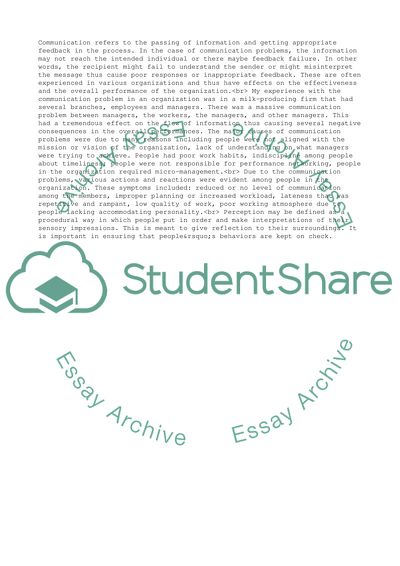Cite this document
(Theories of Leadership, Organizational Change, Communication Problems Coursework, n.d.)
Theories of Leadership, Organizational Change, Communication Problems Coursework. Retrieved from https://studentshare.org/management/1594126-assignmet-2
Theories of Leadership, Organizational Change, Communication Problems Coursework. Retrieved from https://studentshare.org/management/1594126-assignmet-2
(Theories of Leadership, Organizational Change, Communication Problems Coursework)
Theories of Leadership, Organizational Change, Communication Problems Coursework. https://studentshare.org/management/1594126-assignmet-2.
Theories of Leadership, Organizational Change, Communication Problems Coursework. https://studentshare.org/management/1594126-assignmet-2.
“Theories of Leadership, Organizational Change, Communication Problems Coursework”, n.d. https://studentshare.org/management/1594126-assignmet-2.


